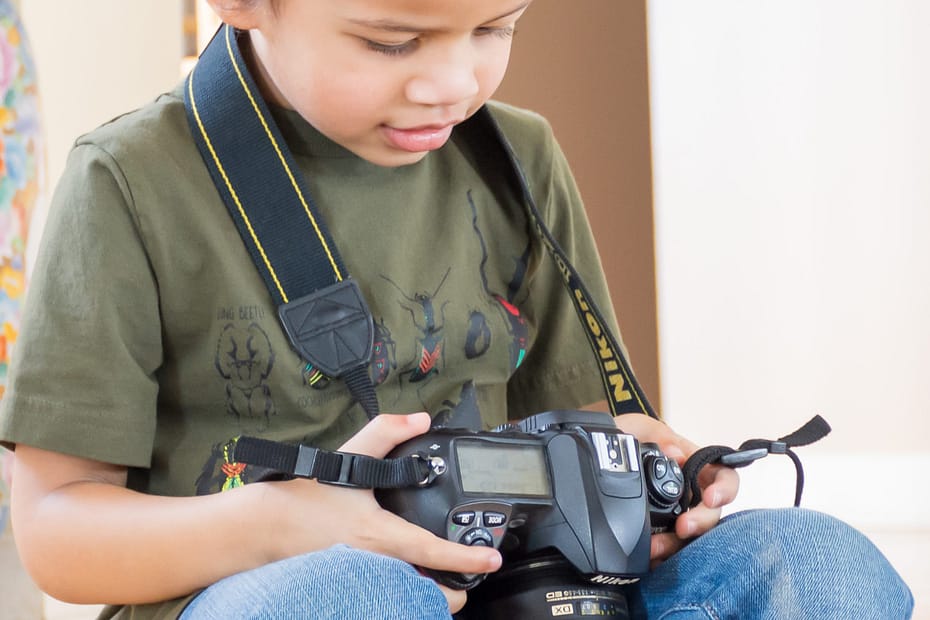Modern cameras come with a lot of buttons. Most of the buttons and features are puzzling to photographers. Instead of understanding them, most photographers ignore them. One of those ignored button/feature is exposure compensation. Read on to understand exposure compensation and how to use it to expose your images correctly.
what is exposure compensation
Exposure compensation is a way of fine-tuning exposure in the camera. When we take pictures, the camera accesses the light and adjusts shutter speed, aperture and iso (exposure triangle) so that neither the highlights nor the shadows are clipping. This is proper exposure. In most cases, the camera metering is spot on, but some situations can fool the camera into giving an exposure that is over or under what it should be.

frustrating
To understand how the camera can produce a wrong exposure is to know how the camera reads exposure. The dynamic range of the camera is not as wide as the human eye. Our eyes can accurately render a scene that is bright as bright or a scene that is dark as dark. On the other hand, cameras only see grey, meaning they are programmed to bring whatever scene they are looking at to that grey point. You may have heard of the term middle grey (18 percent grey). This middle grey is a midpoint between black and white; hence it is where cameras try to bring the exposure.
This attempt to bring everything to middle grey means that a bright scene will be underexposed, so it is within the middle grey range. Take this example; if you are shooting a bright snow scene, the camera will try to bring the bright snow to middle grey, thereby underexposing the scene. The same applies to a dark scene, in which case the camera will overexpose the dark scene to bring it to middle grey. This way of calculating exposure based on 18 percent grey, is the problem and the reason cameras have exposure compensation built in.
Exposure compensation gives the photographer the power to override the camera’s exposure setting. With exposure compensation, the photographer can fine-tune the camera’s exposure to produce accurate exposure based on light conditions. Let’s go back to our example of a snow scene. With exposure compensation, the photographer can adjust the exposure so the snow is as bright as it should be.

How does it work?
Exposure compensation works in stops of light. The scale usually goes from 0 to +3 on one side and -3 on the other. Because the range covers both positive and negative values, it means that you can over or underexpose an image up to three stops of light. Note that exposure compensation does not alter shutter speed, aperture, or ISO. It just increases or decreases light level.
Accessing is different based on the camera. Some cameras have a dedicated dial while others have a +/- button, which, when pressed, will bring out an exposure compensation scale. Regardless of how you access this feature, it works in the same way. Here is a suggested workflow.


suggested workflow.
Before you start shooting, make sure to set the exposure compensation back to zero. Resetting is essential because most cameras do not automatically reset the exposure compensation value. If you don’t reset it, therefore, all the images will have their exposure adjusted to the previously set number.
Once this is out of the way, you then meter your scene using the set camera metering system. Depending on the shooting mode you are in, the camera will give you the best, shutter, and aperture combination setting for proper exposure. Once you take the shot, it is time to access if the exposure needs some fine-tuning. Going back to our snow example, you will find that the cameras’ exposure setting underexposes the image. Now it’s when you adjust your exposure using exposure compensation. How much to compensate is entirely up to your satisfaction, you have though to pay attention to clipping. Most modern cameras do have a clipping warning system, which flashes clipped areas in the image. It is a good idea to enable this setting in your camera.
Exposure compensation may seem complicated, but it is not. Ignoring it will only limit your photography. Happy shooting.
- Adobe Firefly: Artificial Intelligence Revolution - April 4, 2023
- Why Lumina Neo Is Worth Buying - June 20, 2022
- Galaxy S22 Ultra: Camera Phone for Photographers - April 13, 2022

